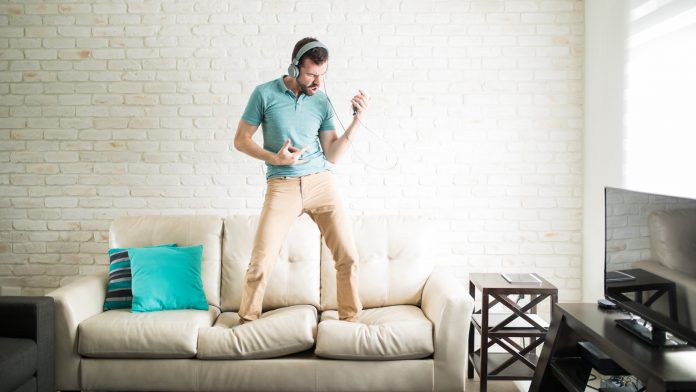Key Highlights
- In 2017, the Pew Research Center found that 42% of Americans of all ages were living alone, up from 39% in 2007.
- Also in 2017, the Pew Research Center found that 61% of Americans under the age of 35 years lived alone.
- In 2018, the University of Texas found that Americans ages 18-24 increased their “alone time” by 70%.
- In 2019, there was an estimated 36.48M single-person households, an increase of nearly 10M such households compared to ten years earlier.
- “Cocooning (a stylized reaction to living alone) is…a sort of hyper-nesting,” according to The Popcorn Report.
During the early 1990’s, “cocooning,” or living alone and liking it, was described by The Popcorn Report as a way of “hyper-nesting” to insulate and protect oneself from the vagaries of the outside world.
New Free Webinar Shows You The 12 Secrets Of Real Millionaire Agents. Stop Struggling. You Can FINALLY Laugh At Your Money Worries – If You Follow This Simple Plan. Learn How To Generate 100’s of Motivated Leads Without Coming Off As A Pushy Salesperson and Losing Your Soul. Learn Now How To Become One of the 1000s of Agents Making HUGE Money Who Never Thought They Could.
YES, I Want To Attend The FREE Webinar! <——Click To Register
P.S. Free Webinar, Limited Space. Less Than 300 Spots Still Available.
The Popcorn Report, written by Faith Popcorn, a visionary marketer, went on to describe lifestyles within three categories of cocooning:
- Armored cocooning – living in gated communities with more than ample home security
- Wandering cocooning – seeking alone time inside a one-person and one-person only vehicle, no ride-sharing
- Socialized cocooning – retreating to one’s own private living space while still interacting with family and friends
Focusing here on people who choose to live alone, one can hear solo dwellers saying things like, “When I come home from my day…I want my own space…a space that is completely mine on my own terms.” Clearly, the message is that solo dwellers see their living spaces first and foremost as sanctuaries for themselves exclusively and for their guests second.
One-bedroom living spaces are becoming increasingly pricey all over the country in response to this increased demand for solo living. In San Francisco, a one-bedroom apartment costs $3,500/month currently, an increase of +58% from 2011. One-bedroom apartments in Raleigh NC now rent for $1,200/month, a +63% increase from 2011, and one-bedroom rentals in Boise ID now run $1,100/month, an increase of +45% from 2011.
Function and form specific to and for one individual is the top priority in one-bedroom living spaces for building developers and designers alike. North Carolina-based interior designer Casey Hardin told MansionGlobal, “When I’m designing for someone living alone, it’s almost always focused on the living space and the bedroom for that very specific person.”
Galley kitchens with just the basics and a microwave are all that’s needed since food delivery services have rendered large, fully equipped kitchens defunct. Kitchen and/or dining tables, if there even are such tables, are largely used for work that goes on nearly non-stop so that solo dwellers can afford their sanctuaries, their cocoons.
Living rooms, now safe, private, minimal, clean-lined life spaces with minimum and often multi-functional furnishings, reflect the needs and wants of the solo dweller inside the cocoon. Solo dwellers tend to have tons of apps on their devices for social media, entertainment from streaming services on cable-less televisions, comfort, coziness and connection with their friends and families. Real time, physical contact is for outside the cocoon…working at work, working out at the gym, eating and drinking in restaurants and bars, and for open-air events, cultural and/or sports activities, vacations and adventures.
Clearly, choosing to live alone and socialized cocooning are about insulating oneself from unpredictable realities in the outside world, having to juggle multiple jobs in multiple environments and from the grind of daily life. Being able to retreat into a private space is one way of creating a hyper-nest for oneself while simultaneously having the technology and services to socialize with those of one’s choosing when and if one chooses.
Thanks to MansionGlobal for source references.
Also read: Issues That May Define Cities in 2020’s, A Smart-Home Neighborhood – Creepy or Convenient?, “Aging in Place” Cutting into Senior Living Developments
























